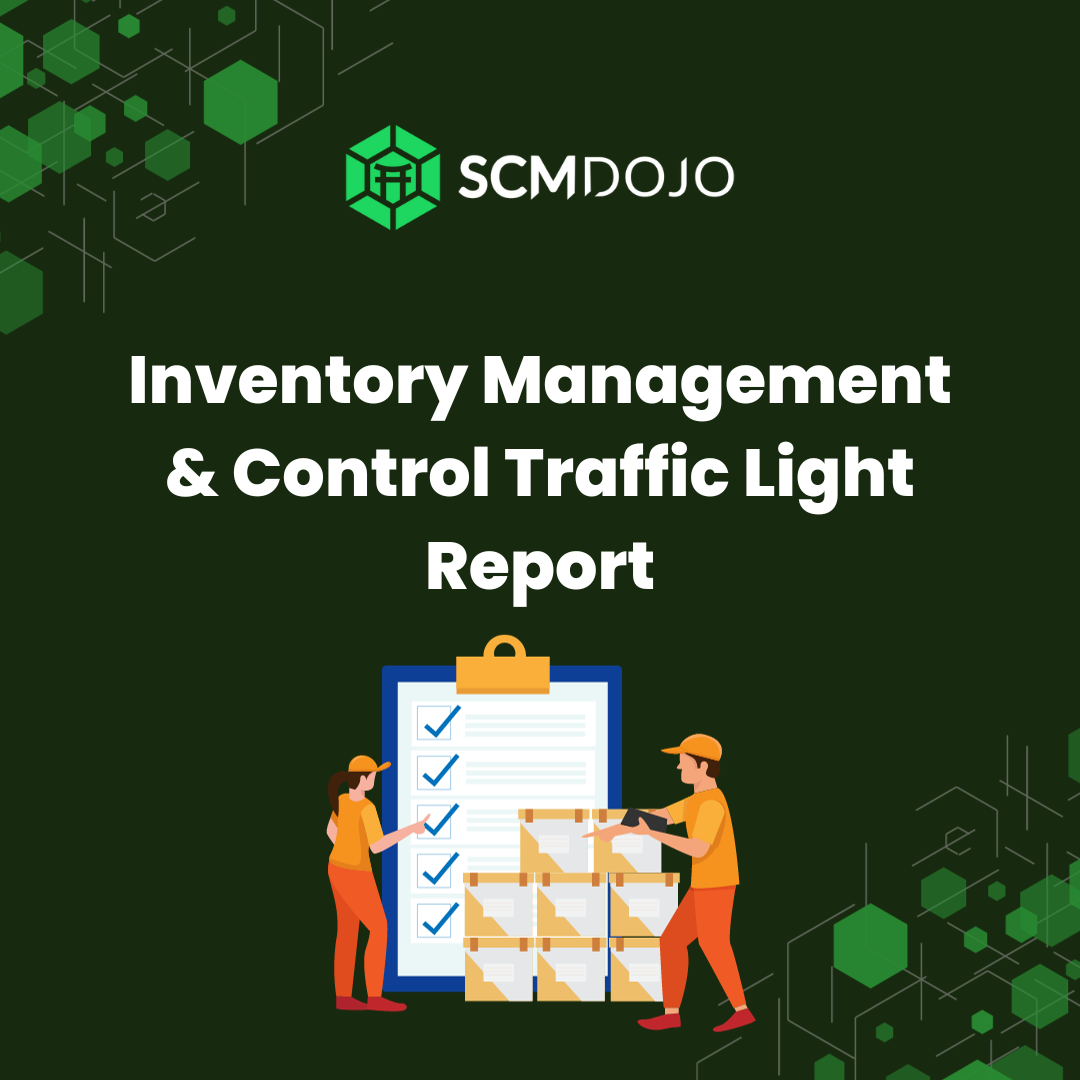Service Level Agreements (SLAs) are a common yet underused tool for supply chain professionals. When deployed aggressively, they can become one of the best accelerants for improvement, not just for operations, but an entire company.
We used SLAs heavily at Amazon, where I helped build the ecommerce supply chain that powers Prime, among other things over my 19-year career. They are an unheralded catalyst for innovation, which I personally observed.
SLAs define success
When a company adopts an SLA-first culture, the role of the SLA is to define what success looks like. It’s a contract where performance above a certain threshold is treated as a success while below is treated as a failure. Subsequently, to implement an SLA with a partner, you must first determine that threshold. The indecisiveness of the metrics to put in place means your company isn’t quite sure what success looks like. Before anything else, SLAs are a cultural trojan horse, a change agent that is a faceless third person who is hard to disagree with.
SLAs define exceptions
Supply chain managers will always shoulder the burden of exceptions. No one ever reaches the nirvana of a 0% exception rate, so the smart supply chain manager thinks of how to define, track, and manage exceptions in a way that reduces the burden on other parts of the business. SLAs are the best artifact to uniformly decide exceptions at different parts of the chain. Even better is that an agreement with an SLA means agreement on the definition of an exception, which creates predictable processes around how to manage those exceptions with partners, thus improving efficiency.
SLAs inform a reasonable error rate
You will never achieve a 100% error-free rate within your supply chain. As long as humans are employed, the best we can do is something approaching Six Sigma. Embrace this reality, and manage it.
SLAs become the first way to manage errors. If you have defined success and exceptions, you can now model out what a reasonable error rate looks like both at individual steps along the supply chain and holistically from manufacturer to happy customer.
SLAs create accountability for negotiation
A supply chain is as strong as its partners. If the supply chain has a weak link, it’s often the performance of a partner somewhere along the chain.
SLAs are the best tool to define performance requirements with partners, and then hold them accountable to the contract. The performance criteria defined by you becomes a powerful planning mechanism because of the predictability you can depend on. Should the partner under perform, the SLA gives you a powerful negotiation lever to either change contracting details, or entirely swap to a different partner for that step.
SLAs align incentives
Let’s say you have a higher-order operational metric. Maybe that metric is internally called “Click-to-Deliver” and is meant to measure how quickly a customer receives a package after planning an online order. This metric is critical to the CEO because the Board of Directors has mandated that your company develop an ecommerce channel because of the impact of the Covid-19 pandemic.
“Click-to-Deliver” is a metric that spans a big portion of the supply chain, from warehousing and fulfillment to outbound transportation and carrier delivery. Improving that metric will require performance marks from several partners in the chain.
SLAs become the tool to align incentives. For example, you can’t meet the goal of “4 Days or Less” for this metric if your fulfillment partner has an SLA for “Time-to-Ship” that is 3 days.
[button url=https://www.scmdojo.com/guide/warehouse-audit-tool/ size=16 icon_size=32]Best Warehouse Audit Tool to Improve Performance[/button]
SLAs create a feedback loop
It’s proven that being a data-driven company provides unique advantages. But it’s hard to be data-driven without good data!
SLAs become an excellent way to collect data that can be a feedback loop into decision making processes. Beyond the benefits above regarding driving clarity and agreement, a partner providing data to support an SLA is a legal requirement of the contract. It’s an unavoidable window into transparency with the partner.
How to structure an SLA
SLAs should always be considered a figurative child of a commercial contract between you and a partner. The SLA outlines performance requirements that the partner will provide you, and if the performance isn’t met, it means very bad things for them.
You generally agree to SLAs during the contract negotiating phase. Since they want your business, that’s when you have the most leverage to define the performance requirement that align with your larger strategy.
With that said, annual review of SLAs is probably too long of a time to go. Quarterly is a better timeframe to formally outline as the cadence to review SLA performance and allow for changes to expectations.
If you are just starting out with a vendor, it might be wise to write in monthly review, however. You’ll want as tight of a feedback loop as possible on performance.
SLA management is an important concept to Shipium’s supply chain efforts. If you want to talk about this or any other topic, feel free to reach out at [email protected].
Written by Jason Murray
Jason is CEO and co-founder of Shipium, a modern logistics platform for eCommerce businesses. Prior to Shipium, he was a 19-year veteran and executive of Amazon. His last role was VP Retail Systems where he was responsible for building out the supply chain that powers Prime. Previous responsibilities include building the supply chain that powers Subscribe & Save and re-imagining Amazon’s operational metrics.
Note: This is a sponsored post by Shipium
About the Author- Dr Muddassir Ahmed
Dr MuddassirAhmed is the Founder & CEO of SCMDOJO. He is a global speaker, vlogger and supply chain industry expert with 17 years of experience in the Manufacturing Industry in the UK, Europe, the Middle East and South East Asia in various Supply Chain leadership roles. Dr. Muddassir has received a PhD in Management Science from Lancaster University Management School. Muddassir is a Six Sigma black belt and founded the leading supply chain platform SCMDOJO to enable supply chain professionals and teams to thrive by providing best-in-class knowledge content, tools and access to experts.
You can follow him on LinkedIn, Facebook, Twitter or Instagram







